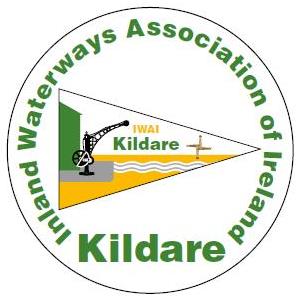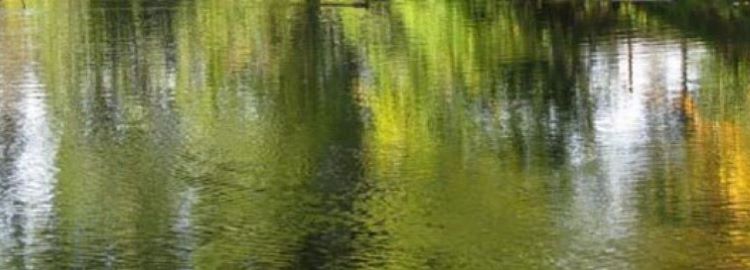When is a Canal a ‘Line’ or a ‘Branch’?
Here is how these terms are currently used on Ireland’s Eastern Canals.
1. Line: When a canal links two waterways.
Examples: The Grand Canal Main Line stretches from Dublin to the Shannon, the Barrow Line stretches from Lowtown south to the River Barrow at Athy, the Grand Canal Circular Line stretches from the Grand Canal Main Line to the River Liffey at Grand Canal Docks in Ringsend.
Line is also used to indicate which side of the summit level is being discussed.
2. Branch: This is used when a canal is an offshoot of a Canal and ends in a Harbour.
Examples: The Longford Branch of the Royal Canal, the Kilbeggan Branch of the Grand Canal from Ballycommon to Kilbeggan Harbour, the Naas Branch of the Grand Canal from Soldier’s Island to Naas Harbour and the Corbally Branch of the Grand Canal from the Naas Branch to Corbally Harbour. These last two are sometimes referred to as the Naas Corbally Branch.
3. Feeder: There are many feeders supplying water to the Grand and the Royal Canals.
Examples: The largest are the Milltown Feeder on the Grand Canal near Lowtown and the Lough Owel Feeder on the Royal Canal near Mullingar. Both of these can be explored by walking or navigating them in small boats.

